There was an Officer-Involved-Shooting (OIS) on a New York City subway platform.
This incident concluded with four people shot and only one of the gunshot recipients was the intended lawful target of police officers.
Two uninvolved and innocent passengers (a 26-year-old woman and a 49-year-old man) as well as a police officer sustained non-life threatening injuries.
The aftermath was that protests erupted in New York City as mobs of activists flooded the streets - aiming their anger towards police officers. Local and federally elected lawmakers fueled the fire by wholly blaming the police officers - as well as a perceived culture of violence within the NYPD.
Conveniently, this collection of anti-police activists have no appetite to even think to cast a shadow of blame towards the career criminal and violent maniac who: committed a crime, refused to follow lawful commands from police, and then attacked an officer with a deadly weapon - forcing this entire nightmare into a New York reality.
Also, there must be honest criticism of the involved officers - who’s dangerous passivity unnecessarily risked their lives and the lives of unaware bystanders.
What Happened
NYPD officers were positioned inside of a Brooklyn subway station on September 15, 2024.
An officer observed a man (later identified as Derrell Mickles) jump a turnstile and enter the subway system without paying the $2.90 fare. The officer followed Mr. Mickles but was not able to locate him. A few minutes later - Mr. Mickles exited the subway, while holding a knife (apparently, he wanted to be prepared if confronted by NYPD officers).
Not long after - Mr. Mickles again entered the subway system illegally - this time walking in through the “exit” door.
This time two NYPD officers followed Mr. Mickles.
editor’s note
I understand that this is not a “serious” crime. But the amount of privilege that Derrell believes he has is astounding. Who behaves like this?
Initial Contact
The officers followed Mr. Mickles up the stairs and onto the subway platform. Officers observed that he had a knife in his right hand. Officers informed him that he was detained and give him multiple commands to “Drop the knife!”. Mr. Mickles responded my stating, “I'm not dropping the knife. Shoot me.”
He also demanded that police officers leave him “alone”.
At this point there were no other passengers near the officers or Mr. Mickles. He had armed himself with a knife and refused to follow reasonable commands from police. Officers did not use any force at this point and continued their efforts at verbal de-escalation.
On the Train
A subway train approached and the door swung open. There were passengers inside the car and Mr. Mickles still had the knife in his hand.
He stepped into the car and the officers followed his lead.
Mr. Mickles continued to threaten officers as he stalked his way up and down the car - walking right up to people, some sitting obliviously in their seats.
Use of Force
The officers deployed a Taser (2x) and it was unsuccessful at incapacitating Mr. Mickles.
He then exited at the next stop and it was at that point that he ran at one of the officers who was standing on the subway platform and got within five feet.
It was at that point that both officers fired their weapons - nine rounds in total.
Mr. Mickles was shot multiple times and fell to the ground. He survived and is facing aggravated assault and several other charges.
Analysis
In short, police officers in New York can use deadly force if they reasonably believe it is necessary to defend themselves (or others) from imminent death or GBH (Article 35 - NY Penal Law).
Mr. Mickles committed a crime - therefore, police officers had a lawful objective to detain him.
Mr. Mickles was armed with a knife and holding it in his hand.
Officers informed Mr. Mickles that he was being detained and gave him multiple commands to “drop the knife!”.
Officers could have (policy and law) utilized force earlier in the incident, but chose instead to continue verbal de-escalation methods.
Mr. Mickles charged at an officer while holding a knife and came within five feet.
Officers perceived this as a deadly threat.
That perception was rational.
The use of deadly force was objectively reasonable.
Dangerous Passivity
It is easy to criticize the officers for being “too passive” and not utilizing more force earlier in the incident. That type of criticism is often akin to people criticizing the officers for using too much force. So, I get it. But, I am going to go down this rabbit hole anyway as this is an important policy and training issue in law enforcement.
In my opinion it is better for police officers to use a little more force a little earlier - in an attempt to avoid an OIS.
It is also important for officers to divide their attention by both engaging with the suspect and planning future moves.
If this case were a scenario during a Sergeant’s exam - where would you pinpoint as the exact moment that deadly force was reasonable/justified/within policy? And why?
……………………………………………………………………………………
My opinion → The instant that he stepped onto the subway car full of passengers. It is at this point that deadly force would have been objectively reasonable.
The time to stop an armed Jordan Neely wannabe - is before he steps into a subway car full of other passengers.
*But. I get it. If the officers deployed a taser as the subway car approached and he fell onto the subway tracks and was struck - we all know what dishonest critics and the MSM would say.
*As a retired cop with a law degree - I recognize that I too am evaluating this OIS from a position of safety and hindsight that the officers in the moment did not have.
Dishonest Narrative
The dishonest narrative is that Derrell Mickles was killed by police officers over a $2.90 fare. This type of criticism never mentions that police officers only utilized deadly force after Mr. Mickles charged at an officer with a knife. These people are criminally dishonest.
Final Thoughts
Any criticism of the tactics or decisions of the involved officers must be viewed under the following umbrella -
Derrell Mickles committed a crime, refused to follow the lawful commands of police officers, and charged at an officer with a knife.
Perhaps the officers made tactical errors. But, Derrell Mickles committed a violent felony. Those two things are not morally or legally equivalent.
The involved officers went above and beyond - even to the point of risking their own safety and the safety of innocent subway passengers. All in the hopes that de-escalation methods would be successful and that this incident could reasolve without violence. But, some people cannot be de-escalated. The officers gave Mr. Mickles far too much credit that he possessed the capacity to behave like a reasonable person.
Despite those facts - anti-police activists and dishonest politicians are protesting against the police.
Anything will activate an activist.
Any flimsy excuse to burn the system down.

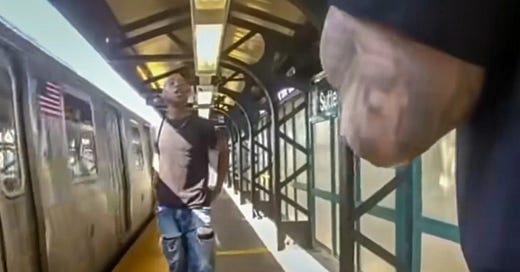


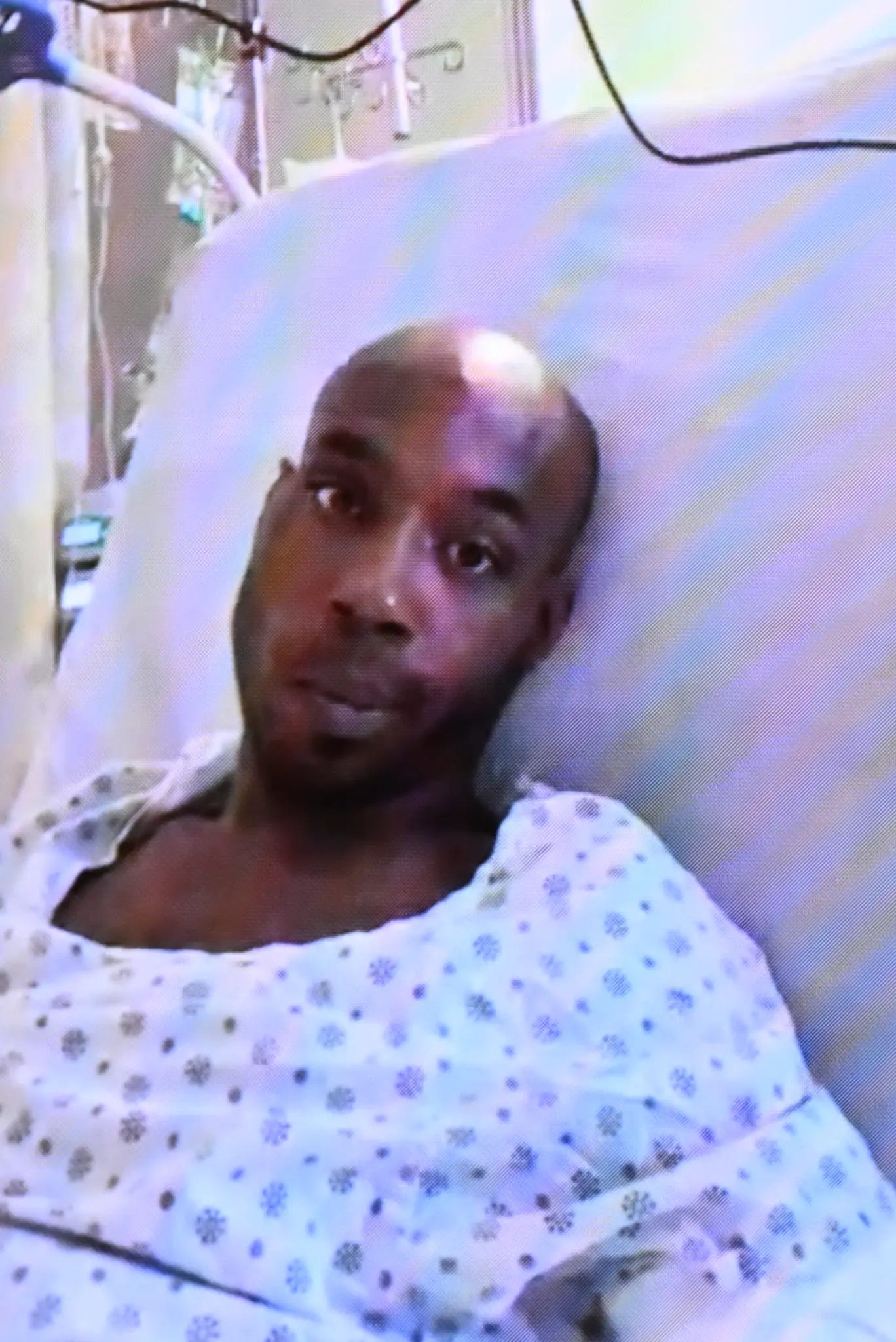
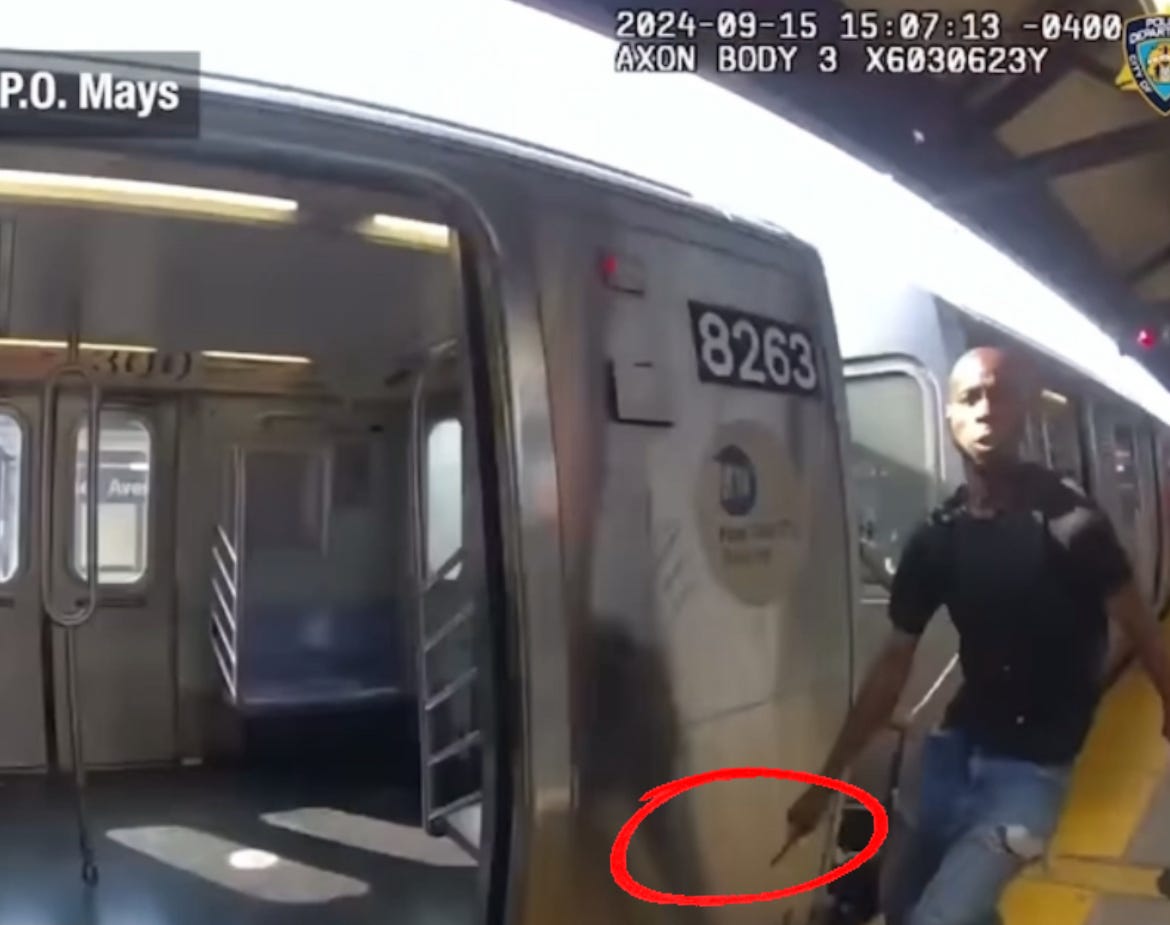
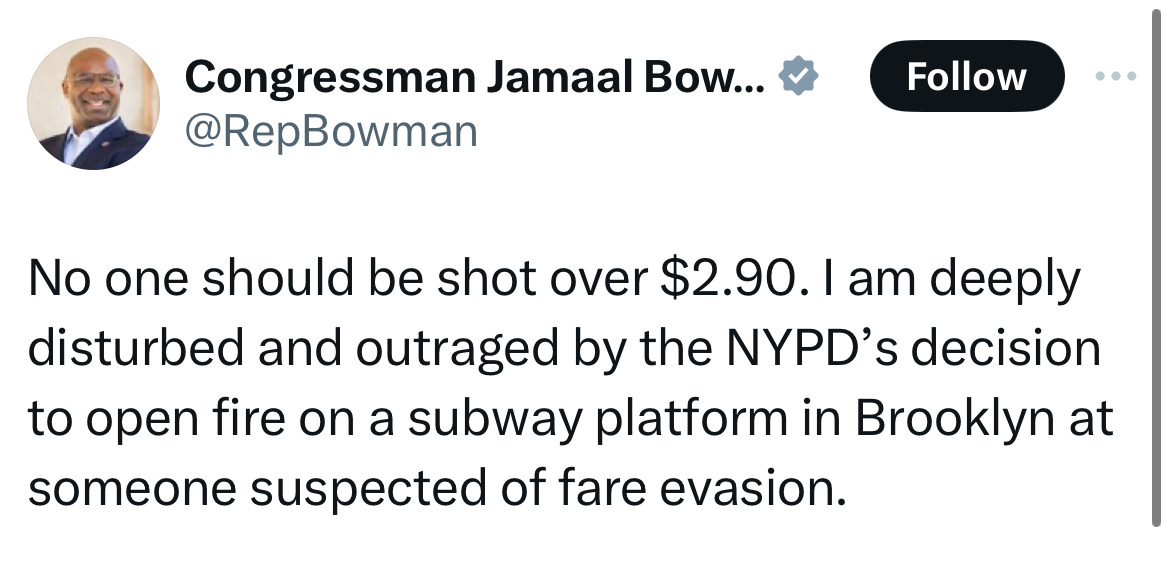
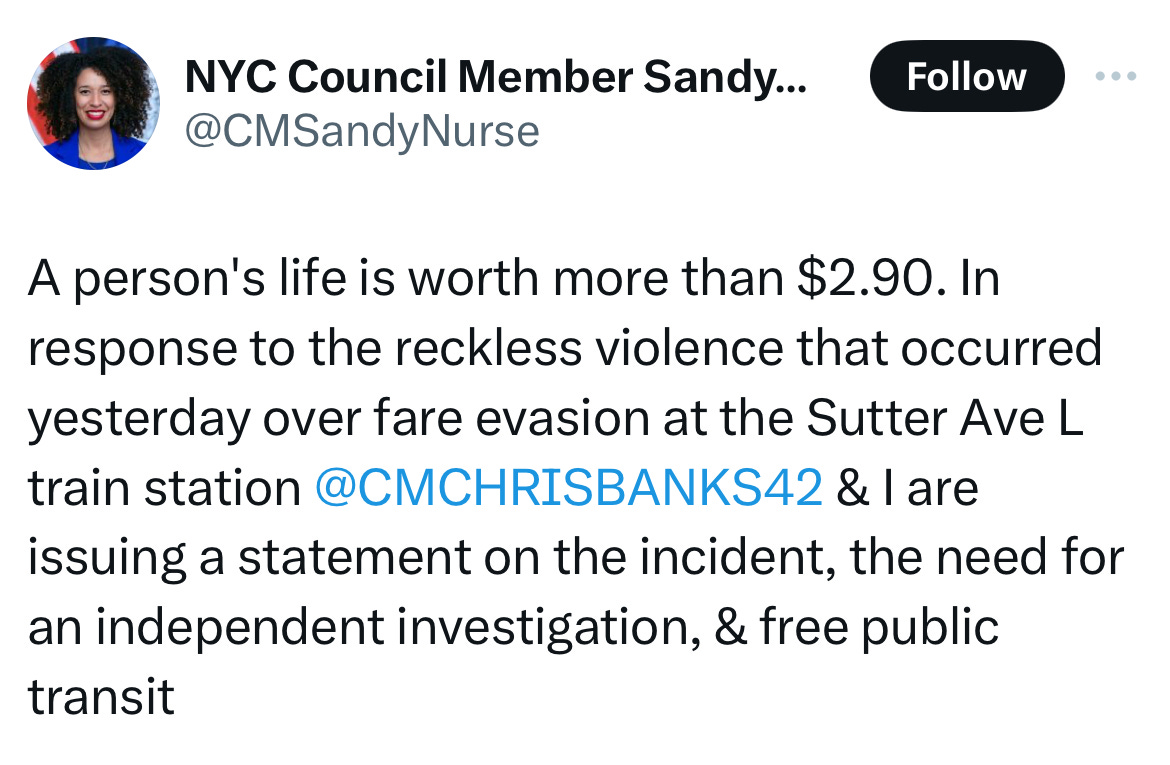
As always, an honest and excellent breakdown of the events leading up to the OIS.
I couldn't agree more with your classifying the officer's reactions as passive. As a career law enforcement officer and someone who trained officers for decades I just don't understand this belief that a suspect armed with a deadly weapon should be threatened with a taser as the proper response. The taser was created as a less than lethal weapon and was never intended except under very specific circumstances to be used against a suspect who was armed with a deadly weapon and actively resisting or refusing lawful commands of officers. Unfortunately, today officers have been beaten down and cow-towed into attempting these less lethal actions when lethal Force is what is required. These officers are lucky that this suspect didn't stab an innocent person, one of them or that someone on the subway didn't shoot the suspect themselves. Sadly this is the era of police work we are in today where officers are afraid to use the appropriate level of force because they fear the media and their own Administrations more than they fear getting injured or killed.